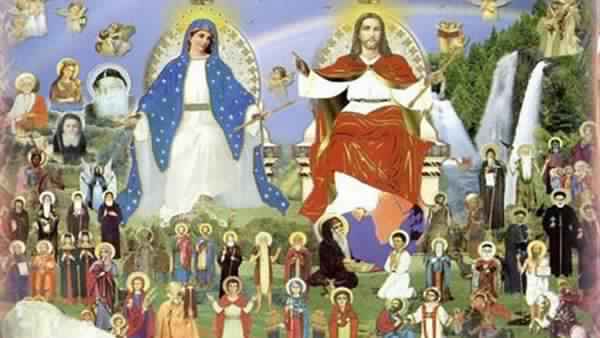Today… Coptic church celebrates the Coptic new year 1735

Coptic Church Mass includes prayers and supplications specific to every season of the Egyptian year. During the inundation season the Church prays: “Bless the waters of the River this year; let them rise as is appropriate; let the face of the earth rejoice; take care of us humans, and save our cattle”. For the cultivation season, the prayers go: “Bless the plants, grass, and crops this year; let them grow to fruit bountifully; have mercy on the creation of Your hands and forgive us our sins”. And during the harvest, which coincides with the windy season of sandstorms in Egypt, the Church prays: “Bless the winds of the sky and the crops of the field … give tranquillity to the world and a good mood to the wind.”
Please login to join discussion

